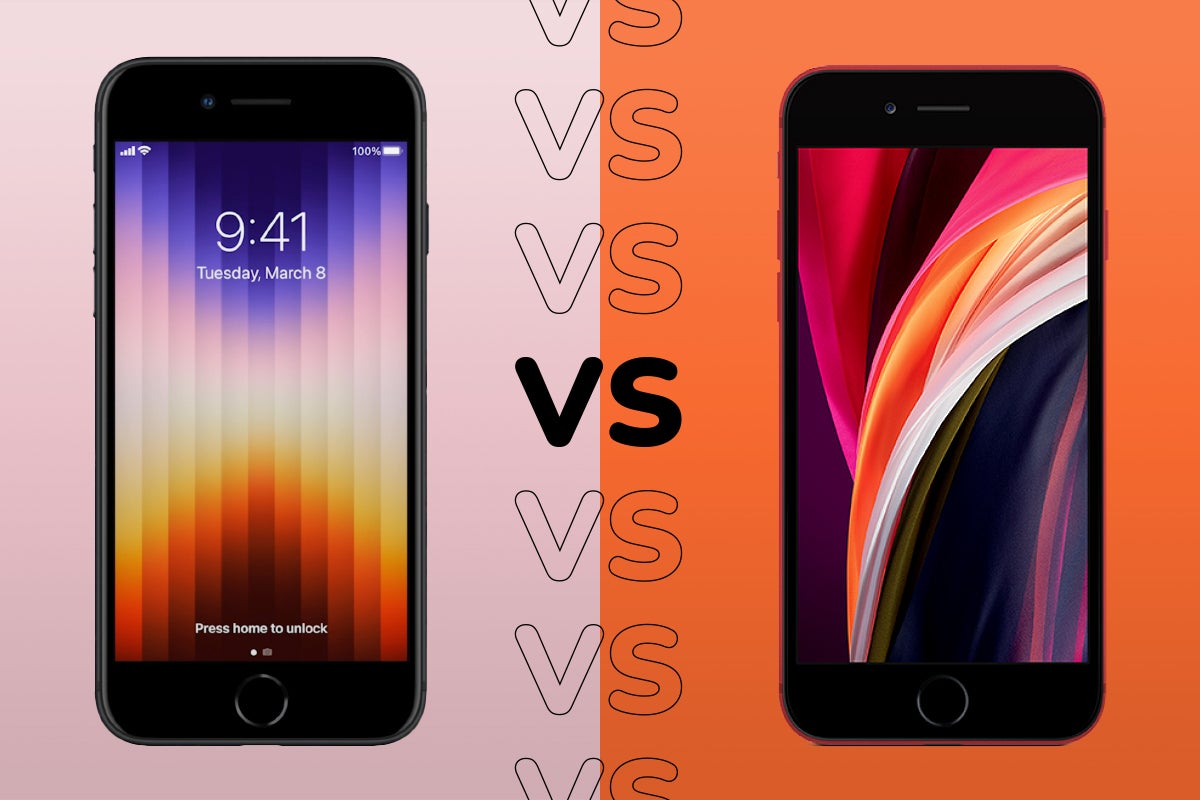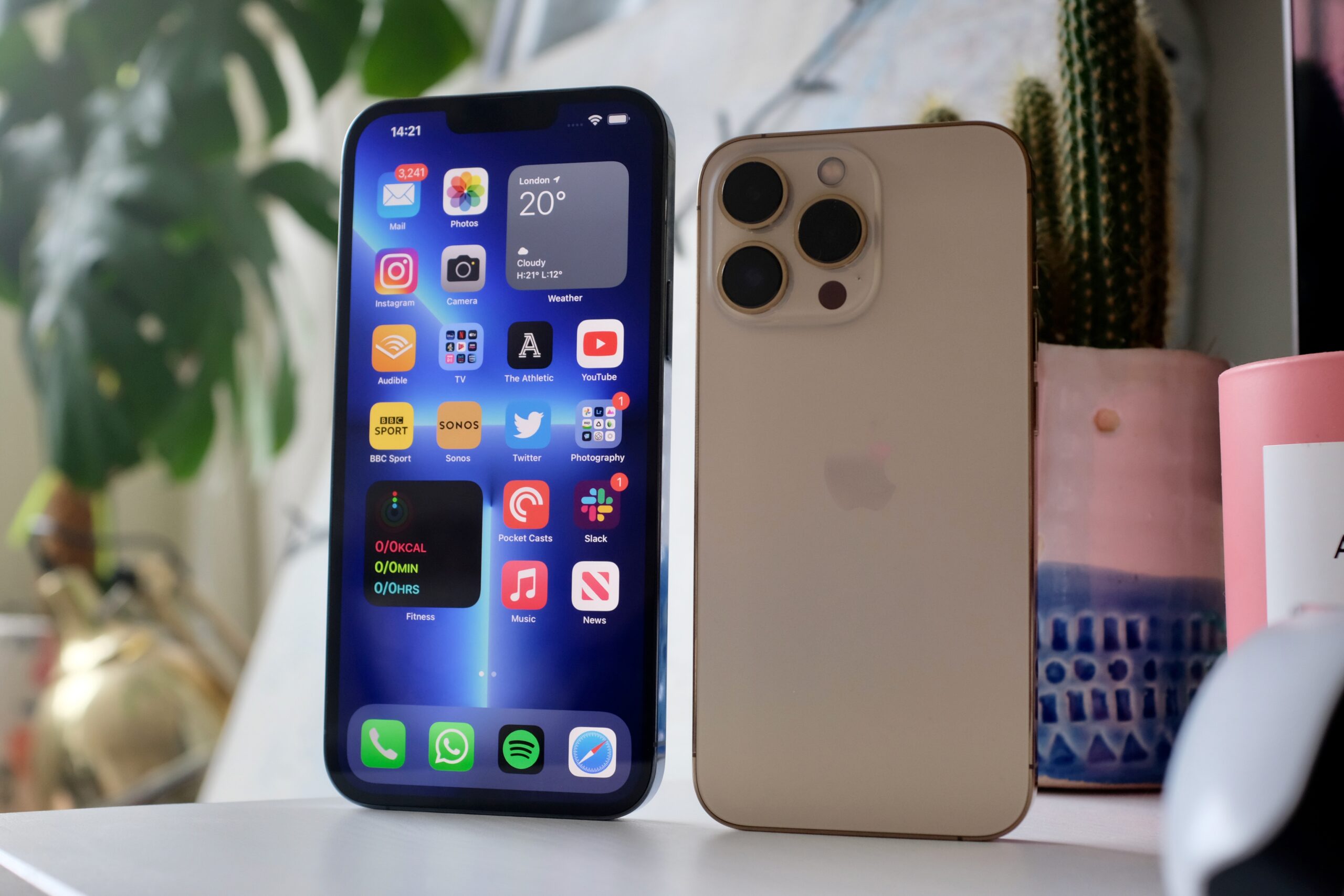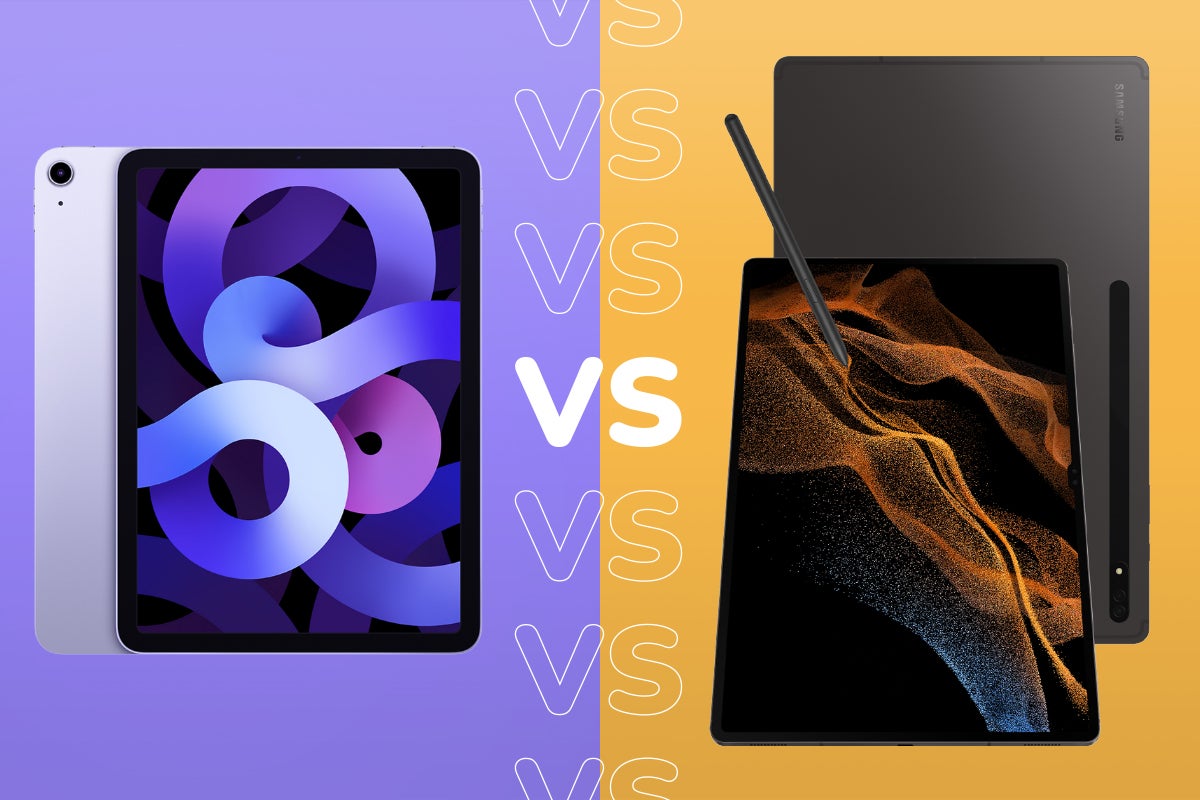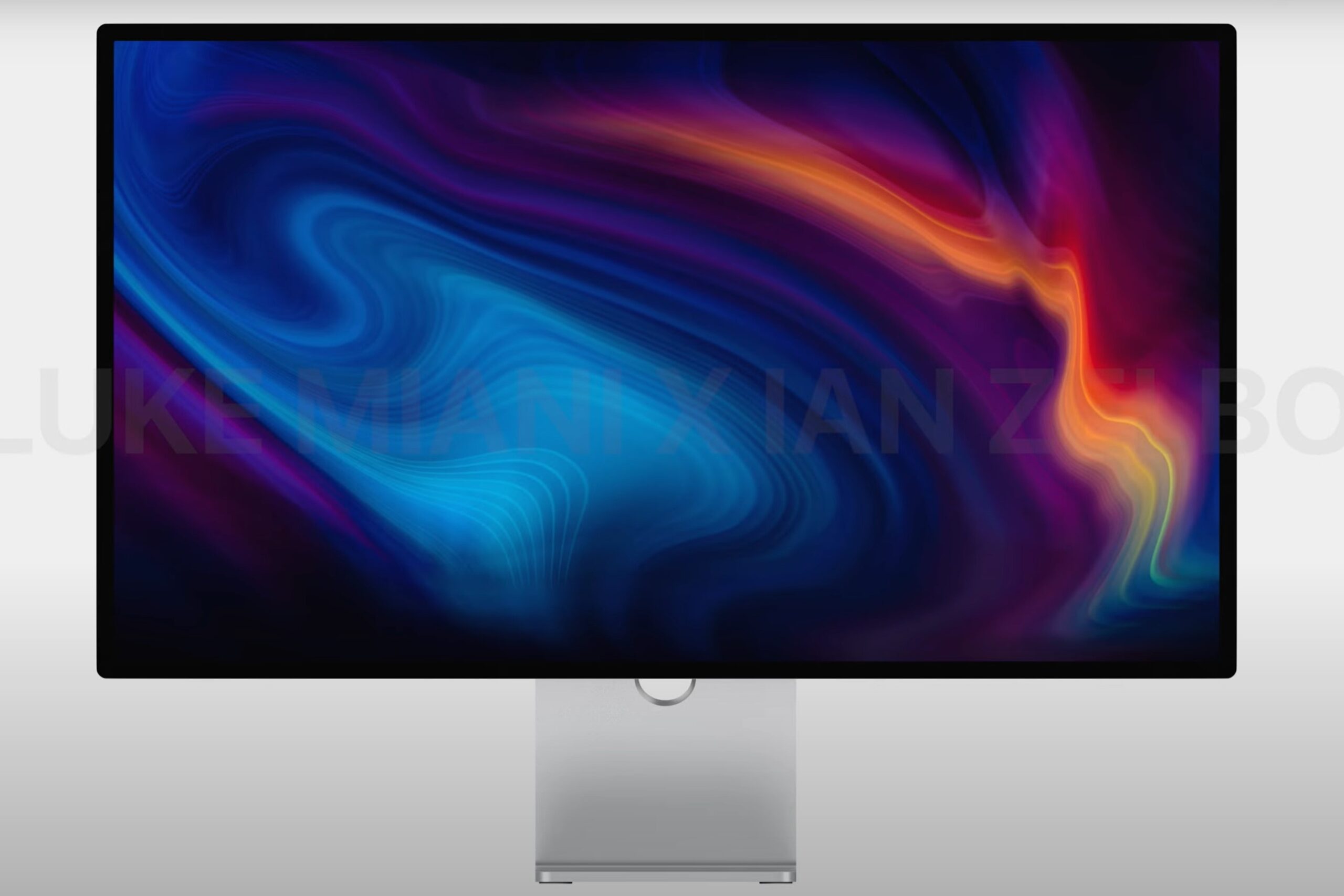Apple Studio Display vs Pro Display XDR
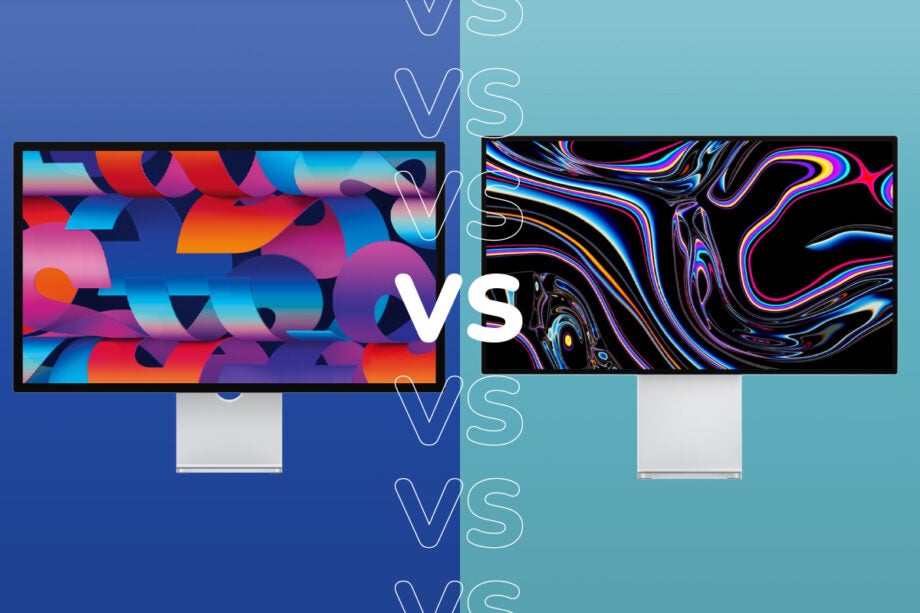
The Peek Performance Apple event had some shocking reveals, with massive announcements like the M1 Ultra chipset and the Mac Studio desktop.
But one of the most interesting announcements from the event may be the company’s new external monitor, the Apple Studio Display, becoming a more affordable alternative to the Pro Display XDR.
If you’re interested in how these two monitors compare then keep reading, as we’re going to break down the differences.
Price and release date
The Pro Display XDR is a premium device and comes in two flavours: Standard glass and Nano-texture glass, which costs £4599 and £5499 respectively. The add-ons will hike up the price, with the Pro Stand adding on another £949 and a VESA Mount Adaptor costing another £189, though they are optional.
The Pro has also been out for some time now, as it launched back in 2019, but that hasn’t bought the price down significantly.
The new Studio Display was announced in early March of this year, with the base models coming in as a lot cheaper when compared to the Pro.
You can pick between Standard glass and Nano-texture glass, which costs £1499 and £1749 respectively. From there, both the Tilt-adjustable stand and the VESA mount adaptor don’t cost extra, though you can pick the Tilt-and height-adjustable stand for an extra £400 added onto your bill.
You can order the Studio Display right now, with shipping starting on March 18. However, according to the Apple website, delivery could take until the end of April if you order now.
All in all, the Studio Display is definitely the cheaper monitor with a more affordable setup, as you don’t have to pay extra for items like the stand or a mount adaptor.
Design
In keeping with the aesthetic that Apple has created, both monitors look fairly similar, with muted shades of white and silver and the same overall stand shape.
The Pro Display XDR seems to have a thinner screen bezel and stand, which makes it look a little sleeker than its successor. The Studio Display has a chunkier stand with a hole in for easy routing, while also featuring a thicker-looking bezel.

The back of each monitor is where they differ most, as the Studio looks smooth and sleek with four Thunderbolt 4 ports on the left side. The Pro Display looks more akin to the Mac Pro, with a perforated lattice pattern that should allow for better airflow through the device.
As we’ve already stated, the Pro Display XDR does not come with a stand, while the Studio Display comes with one out of the box.
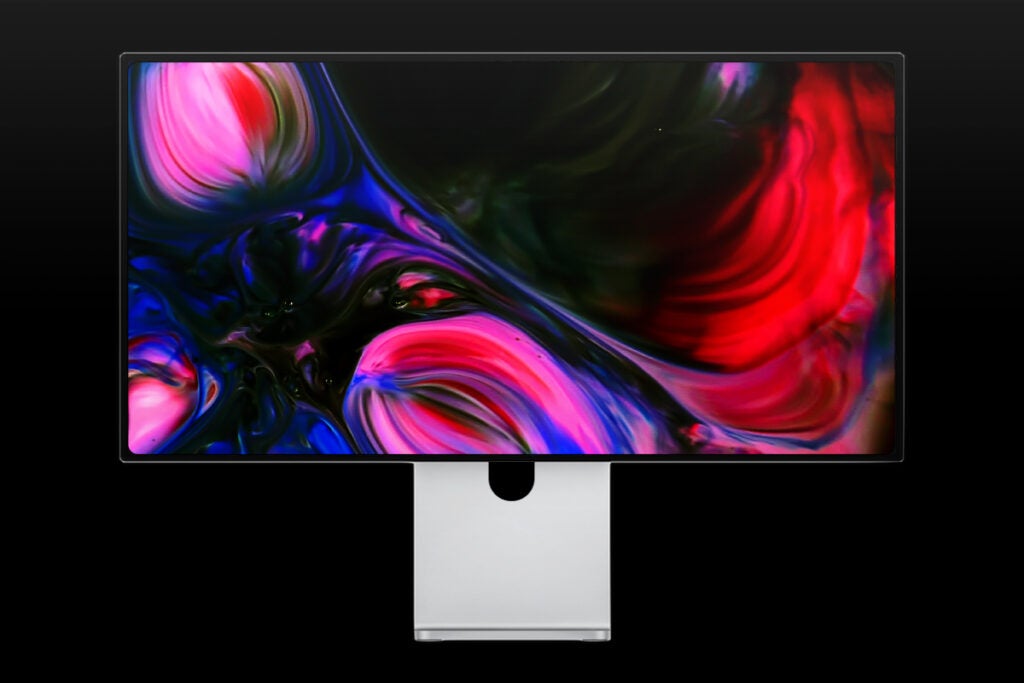
Specs
The Pro Display XDR’s 32-inch Retina XDR 6K display uses IPS LCD with TFT technology with an aspect ratio of 16:9 and a pixel resolution of 6016×3384.
Its biggest party trick is that it can hit and maintain 1000 nits of brightness, according to Apple, with a peak of 1600 nits and a contrast ratio of 1,000,000:1.
While we haven’t tested these claims, it’s still incredibly impressive even if the PC can get close to those numbers. Apple also claims that it has a 10-bit depth for 1.073 billion colours, with HDR10 support for more accurate colour grading.
Moving onto the new, the Studio Display has a 27-inch 5K Retina display with a 5120×2880 resolution, with a peak of 600 nits of brightness.
There is also support for 1 billion colours and a wide colour P3 gamut, but overall it seems that the Pro Display XDR wins out in terms of sheer specs, with a higher peak brightness and a larger display.
Both displays have a 50-60Hz adjustable refresh rate, and it’s safe to say that both monitors will work wonders for intensive creative work.
Early Verdict
Since we haven’t been able to fully test out each product it’s hard to make any definitive claims, but it seems that the Pro Display XDR wins out over the Studio Display, though they should both work great for demanding creative work such as 3D rendering or video editing.
The Studio Display is the cheaper option, with a 5K display instead of 6K and a lower brightness level. However, seeing as the stand comes included here, and the specs are still nothing to sniff at, it seems that the Studio Display is the better option for anyone on a tighter budget, while the Pro Display XDR is for when money is no object.


